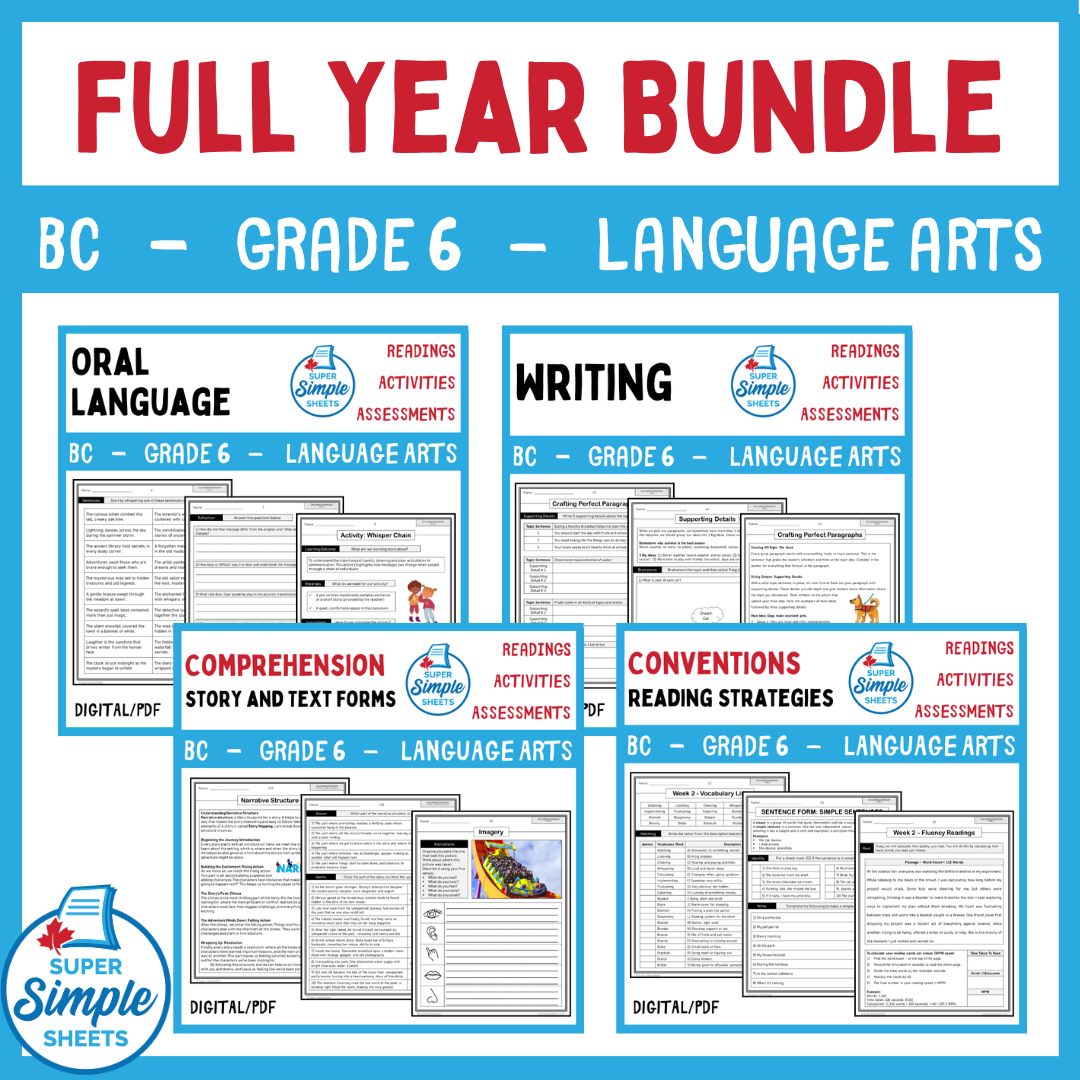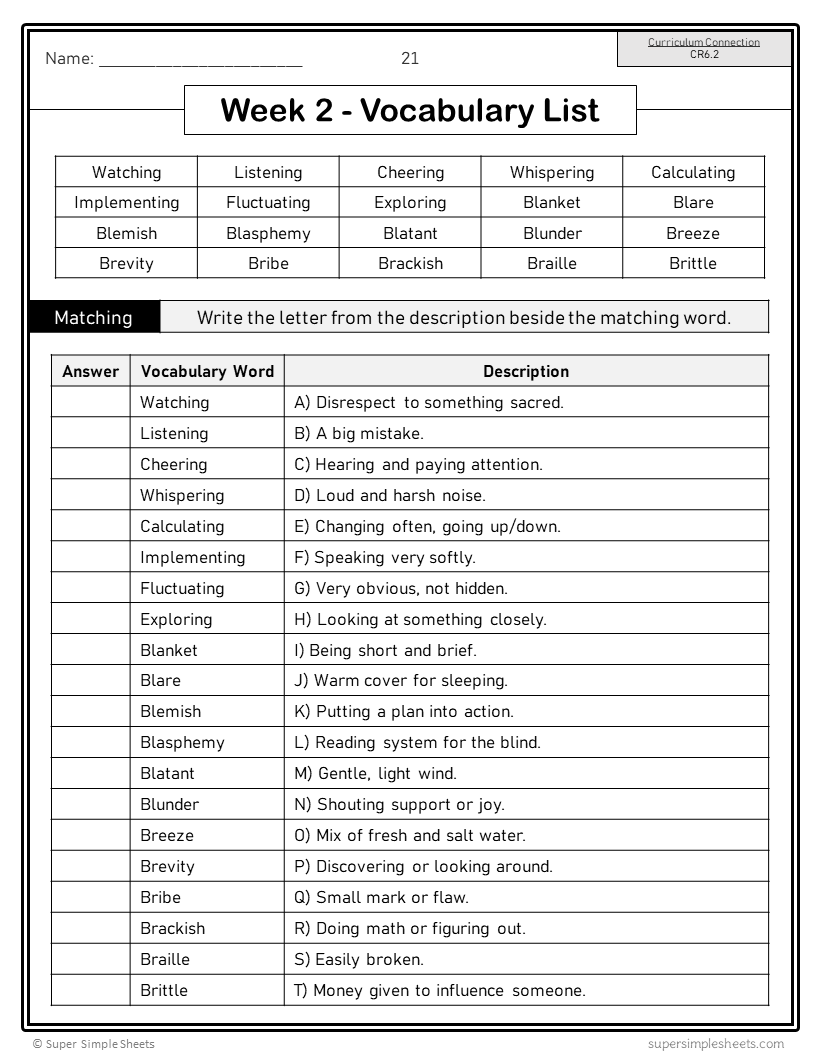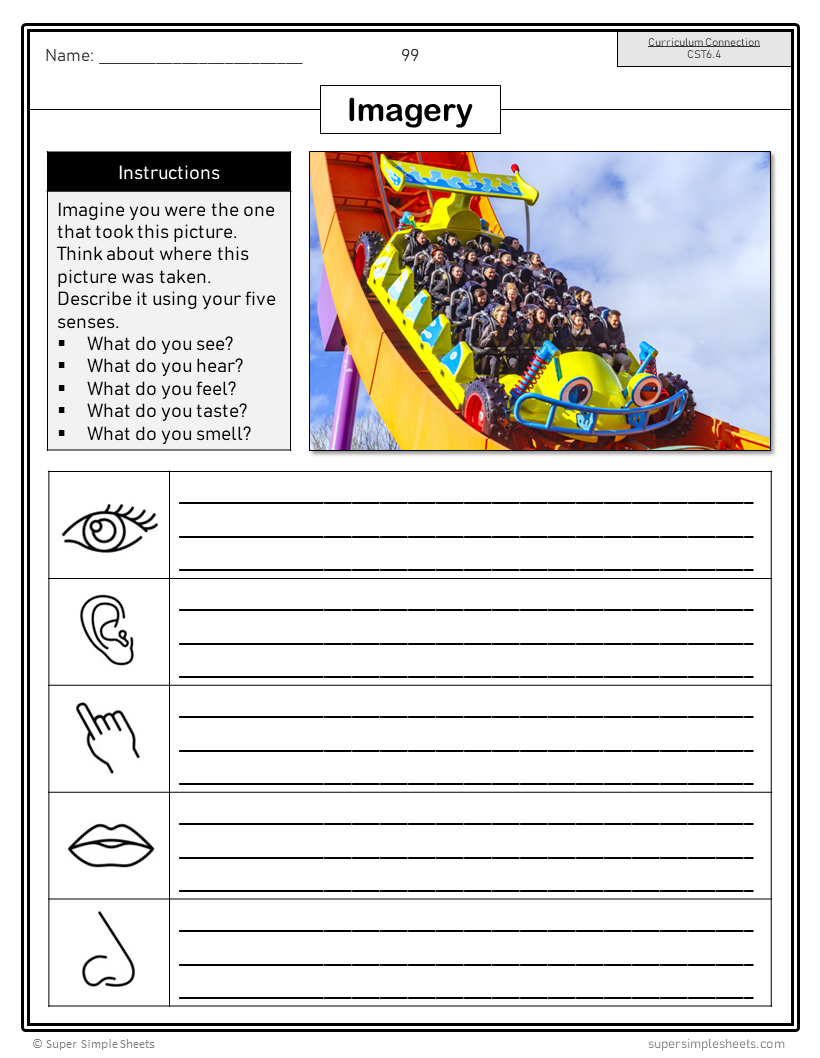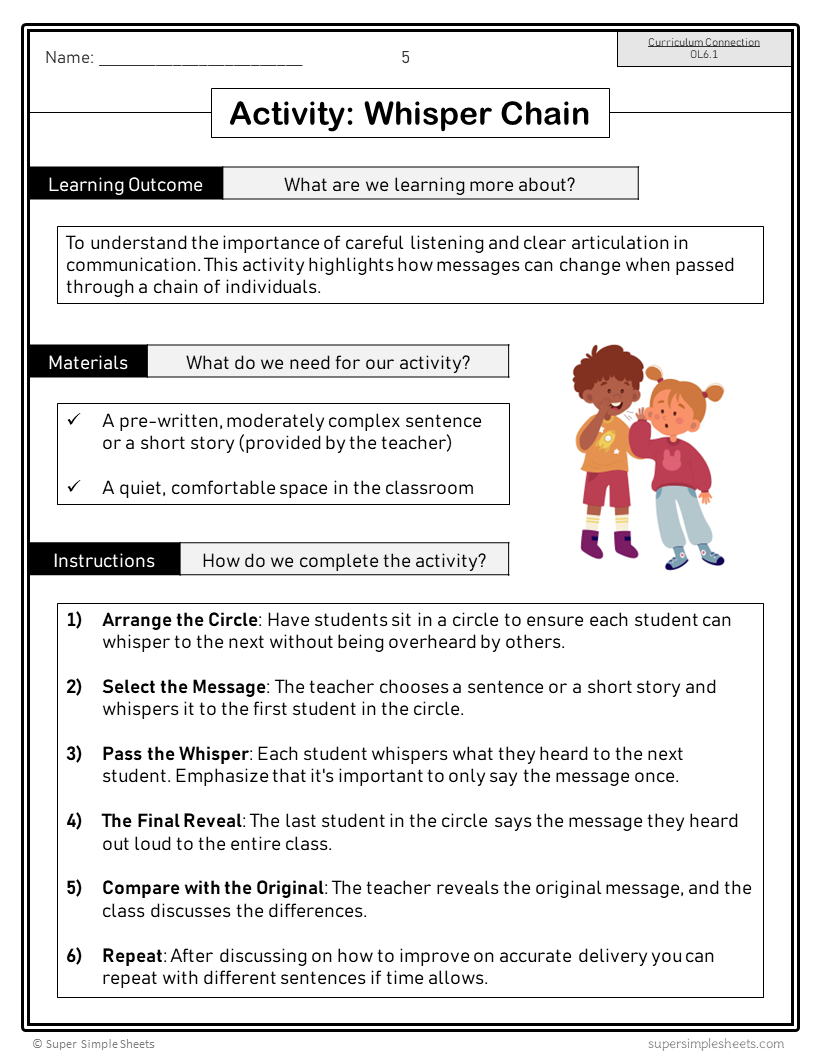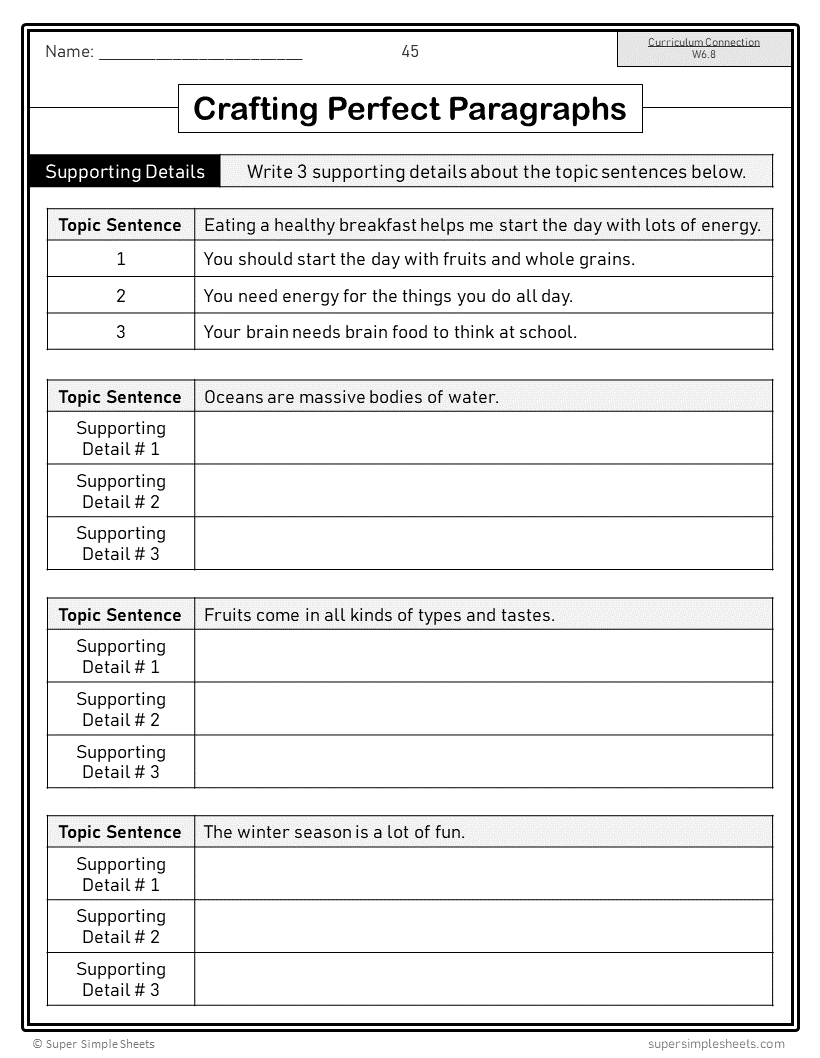BC Grade 6 Language Arts ELA - FULL YEAR BUNDLE
BC Grade 6 Language Arts ELA - FULL YEAR BUNDLE
Interested in a bundle? Shop below instead!
Couldn't load pickup availability
FULL YEAR BUNDLE - Teaching made easy! This NO PREP bundle includes everything you need to teach the BC Grade 6 Language Arts (ELA) Curriculum.
BOTH GOOGLE SLIDES AND PDF VERSIONS INCLUDED!
Grade 6 – British Columbia Language Curriculum (ELA) – Conventions, Reading Strategies, Sentence Structure and Grammar. This resource covers all learning standards and elaborations related to conventions, reading strategies, sentence structure and grammar in the British Columbia Curriculum (ELA). The 428 pages teach the Big Ideas, learning standards, and elaborations found in the curriculum.
Included in this unit are 30 weeks of ELA instruction, with weekly word lists that explicitly teach different prefixes/suffixes each week. Along with these Science of Reading principles, we have weaved in the learning standards students in grade 6 need to learn while working with these word lists.
Included in this resource are the learning standards below:
Conventions – common practices in all standard punctuation use, in capitalization, and in Canadian spelling.
Reading Strategies – using contextual clues; using phonics and word structure; visualizing; questioning; predicting; previewing text; summarizing; making inferences.
Sentence Structure and Grammar – varied sentence structure, pronoun use, subject-verb agreement, use of transitional words, awareness of run-on sentences and sentence fragments.
In addition, we have included a full-year long range plan that outlines what concepts from the curriculum you will be teaching each week, and what prefixes/suffixes/letter blends will be covered.
Some of the concepts covered:
- Suffixes: -en, -ize, -ing, -ly, -able, -less, -ment, -ful, -ness, -tion, -ous, -y, -ize, -ship and many more
- Prefixes: pro-, com-, con-, en-, oc-, re-, dis-, pre-, ex-, in-, non-, sub-, inter-, anti-, mis-, super-, and many more
- Reading strategies – questioning, predicting, summarizing, making inferences, and visualizing activities
- Complete sentences versus fragments
- Simple and compound sentences
- Using independent and dependent clauses in sentences
- Parts of speech – nouns, verbs, adjectives, adverbs, pronouns, prepositions, conjunctions, interjections
- Run-on sentences
- Four types of sentences – declarative, interrogative, exclamatory, imperative
- Conjunctions – FANBOYS
- Building complex sentences and subordinating conjunctions
- Compound-complex sentences
- Figures of speech – similes, metaphors, and imagery
- Creating complex sentences with adjective clauses/relative clauses
- Nouns that are gerunds
- Distinguishing and converting between active and passive voice
- Palindromes
- Commas with clauses and commas in a list
- Colons for introducing a list, colons in formal letters, colons in memo salutations
- Colons to give an explanation or an example
- Semicolons versus commas
- Commas with direct address, commas with appositives, commas after transitional words
- Vocabulary – using context clues to read unfamiliar words
- Subject-verb agreement
- Identifying synonyms
- Using expression and intonations while reading
- Capitals for historical periods or events
- Proper adjectives and capitalization
- Regional dialects – standard Canadian English versus American English, formal/informal registers, slang
- Word origins – words influenced by people, places, and events in history
- Fluency readings for each week to reinforce word list vocabulary
- Weekly quizzes (30 different assessments)
- Answer pages for all activities
Grade 6 – British Columbia Language Curriculum – Writing. This resource covers all learning standards and elaborations related to writing in the British Columbia (BC) Language Curriculum (ELA).
There are 360 activity sheets that are aligned to cover the learning standards in the British Columbia Language Curriculum. Included are 10 blocks of content, each covering a different text form. Within each block, the Big Ideas, learning standards and elaborations are taught.
This is a language program developed by a language teacher. We have included exemplars for students to use to formulate success criteria so they can improve their writing quality. Moreover, we’ve scaffolded the skills involved with producing quality writing to ensure all students can progress.
In addition, we have included a full-year long range plan that outlines what concepts from the curriculum you will be teaching each week.
Some of the concepts covered:
- Types of text forms – when to use each one (narratives, letters/emails, persuasive, comic strips, reports, etc.)
- Experiment – writing with planning time versus writing without planning time (no brainstorming)
- Activity – voice in song lyrics
- Varying sentence lengths
- Word choice – choosing appropriate words for our audience
- Analyzing word choices by professional authors
- Personal voice in writing
- Fluent writing – using punctuation, transition words, and logical sequencing of ideas
- How to write a perfect paragraph – topic sentence (hook), body (supporting details), conclusion
- Formal versus informal letter writing – voice in our writing
- Purpose and audience in letter writing – effect on our voice
- Narrative writing – beginning, middle, end
- Narrative structure – exposition, rising action, climax, falling action, resolution
- Writing using figurative language – similes, metaphors, imagery
- Characterization – creating funny, mysterious, fantasy, and adventurous characters
- Character development – describe how characters change over time due to big events
- Using quotations in our narratives – dialogue
- Adding quotations to pre-made stories
- Activity – Story Swap Revision Party
- Activity – Being Persuasive: Debate
- Understanding bias in persuasive writing
- Assignment – advertising a new invention
- Confirmation bias in persuasive writing
- Expository text forms – reports, lists, problem/solution report, compare/contrast essay, cause and effect essay
- Writing a How-To-Guide
- Writing a report – Canada’s Trading Partners and All About Elephants
- Research process – questioning, gathering, organizing, and recording
- How to research effectively – trustworthy sources, using keywords
- Ethical research – citing sources, fair representation of information, and asking permission
- Writing a problem/solution report
- Determining solutions to problems
- Types of poems – Haiku, Limerick, Rhyming Poems, Acrostic Poems
- Assignment – writing a poetry children’s book
- Activity – rhyme time analysis
- Cursive writing – Limerick
- Comic strips – onomatopoeia and illustrating graphic texts
- Assignment - creating an online comic strip
- Genres in different text forms – adventure, humour and other genres in graphic text
- Biographies – cross curricular connections: Ben Franklin and Nikola Tesla (electricity), Sally Ride (space)
- How to cite where we find research – bibliography
- Activity – Partner Biography/Bibliography Assignment
- Answer pages for all activities
Grade 6 – British Columbia Language Curriculum – Comprehension, Story, and Text Forms. This resource covers all learning standards, elaborations, and Big Ideas related to reading strategies, comprehension, text forms, and stories in the grade 6 British Columbia Language (ELA) curriculum. There are 376 pages for students to master the skills they need to meet the requirements of the curriculum.
We’ve included a variety of activities, including independent reading responses, group activities, assignments, experiments, exemplars, and hands-on activities to keep your students engaged.
Included in this resource are the learning standards below:
Story/Text: elements of story, functions and genres, text features, and literary elements and devices.
Reading Strategies: using contextual clues; using phonics and word structure; visualizing; questioning; predicting; previewing text; summarizing; making inferences
Metacognitive Strategies: goal setting, self-evaluating, and reflections
In addition, we have included a full-year long range plan that outlines what concepts from the curriculum you will be teaching each week/block.
Some of the concepts covered:
- What is reading comprehension?
- Before reading: comprehension strategies – activating prior knowledge and reasons for reading
- During reading: comprehension strategies – questioning, making connections, inferences, predictions, visualizing
- After reading: comprehension strategies – summarizing, making global and local inferences, visualizing
- Cultural text forms – creation stories and songs
- Letter writing – emails, formal and informal letters, bias
- Implicit and explicit perspectives in letter writing
- Voice in writing – use of cohesive ties and different sentence structures
- Activity - determining the voice used in popular songs
- Narratives – use of literary devices: hyperbole, idiom, alliteration, metaphor, imagery, simile
- Narrative structure – exposition, rising action, climax, falling action, resolution
- Comedy story, tragedy story, and historical fiction story
- Character analysis – protagonist, antagonist and stock characters
- Characterization – character traits, decision making, and evolution of characters
- Perspective in narratives – first-person, second-person, and third-person and advantages/disadvantages of each
- Narratives – sequencing multiple plots in a story and explaining cause and effect
- Indigenous Storywork – 7 Principles: respect, responsibility, reciprocity, reverence, holism, interrelatedness, synergy
- Cross-curricular connections – text forms related to themes in science and social studies (electricity, USMCA)
- Persuasive writing – using critical thinking skills to determine bias
- Techniques of persuasion: the use of emotional and logical appeals to persuade
- Perspectives in writing – how our perspectives change/evolve (passage of time, new information, experience, etc.)
- Finding implicit and explicit evidence in persuasive texts
- Text features in reports – headings, subheadings, pull-down menus, hyperlinks, captions, tables, graphs, etc.
- Reports on diversity, inclusion, and accessibility
- Research – Confirm the accuracy of information presented in a report
- Land Literacy Report: Inuit inuksuit, Métis lobsticks, Coastal First Nations totem poles
- Expository texts – How to guides
- Use of graphs, maps, diagrams, and pictures in reports
- Literary devices used in poetry – idioms and hyperbole
- Assignment – dissecting poems written by Indigenous authors
- Understanding haiku, limericks, acrostic poems, cinquain poems, and rhyming poems
- Activity: detecting bias in online reviews
- Reading different styles (voices) in book reviews
- Text features in comics, infographics, memes, and maps
- Text features in biographies – using a glossary and a preface to understand a biography
- Chris Hadfield, Elijah Harper, and David Suzuki biographies with prefaces and glossaries
- Metacognitive strategies: reading tracking charts and reading goals
- Answer pages for all activities
Grade 6 – British Columbia Language Curriculum – Oral Language. This resource covers all learning standards, elaborations and Big Ideas related to the Oral Language section of the Language curriculum (ELA). The 143-page unit includes lesson plans for the teacher, prompts for the students, planning pages, and reflection questions for students to consolidate their understanding.
Included in this unit are 34 activities that are interactive and engaging for grade 6 students. As students complete the activities, they will build on their oral communication skills, obtaining the learning standards stated in the curriculum. There are several activities provided for each learning standard listed in the curriculum.
We are proud to include everything you need to complete these activities. For example, if an activity asks for a story to be read, we provide the story. We’ve also included all emotions, story starters, expressions, and plays (reader’s theatre) you need.
Some of the concepts covered:
- Activity: Whisper Chain (Broken Telephone)
- Activity: Listener Leads
- Activity: Eye Contact Experiment
- Activity: Two Truths and a Lie - Detail Edition
- Activity: Listening Links
- Activity: Podcast Analysis
- Activity: Listening Stations Activity
- Activity: The Art of Persuasion
- Persuasive Techniques in Communication
- Activity: Eco-Warriors' Campaign
- Activity: Socratic Seminar
- Activity: Debate Club
- Activity: Creating a Story Circle
- Activity: Historical Role-Play
- Activity: Character Creation Carousel
- Activity: Readers’ Theatre
- Activity: Public Speaking 101
- Activity: Story Builders
- Activity: Topic Toss
- Activity: Active to Passive Voice Relay
- Activity: Panel Discussion
- Activity: Speech for Different Audiences
- Activity: Poetry Slam
- Activity: Puppet Theatre Showtime
- Activity: Inventors' Pitch
- Activity: Pictionary with Gestures
- Activity: Charades with a Twist
- Activity: News Reporter Role-Play
- Activity: Cultural Exchange Circle
- Activity: Visual Aids and Speech
- Activity: Word Choice Exercise
- Digital Storytelling
- Activity: Public Speaking Challenge
- Activity: Science Fair Presentations
- Activity: Classroom Newscast
This is a comprehensive bundle that will save you hours of planning! It has everything you need to feel confident that you are covering the BC Language Arts curriculum.
Share

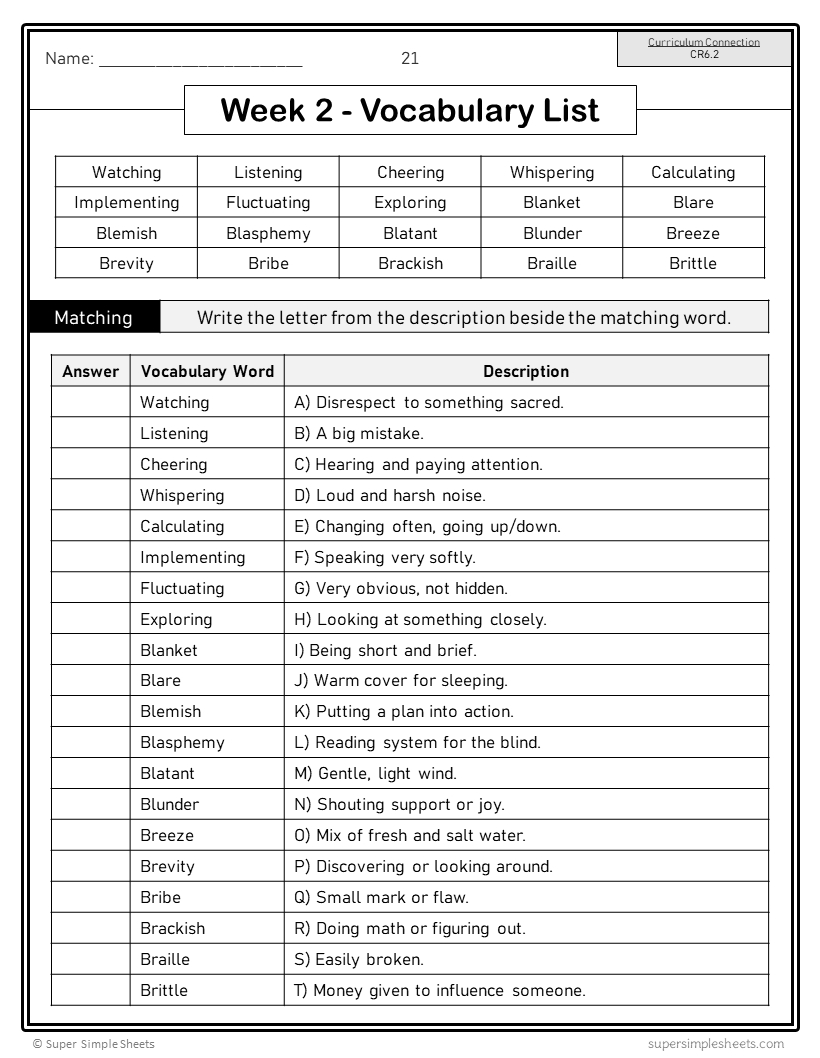
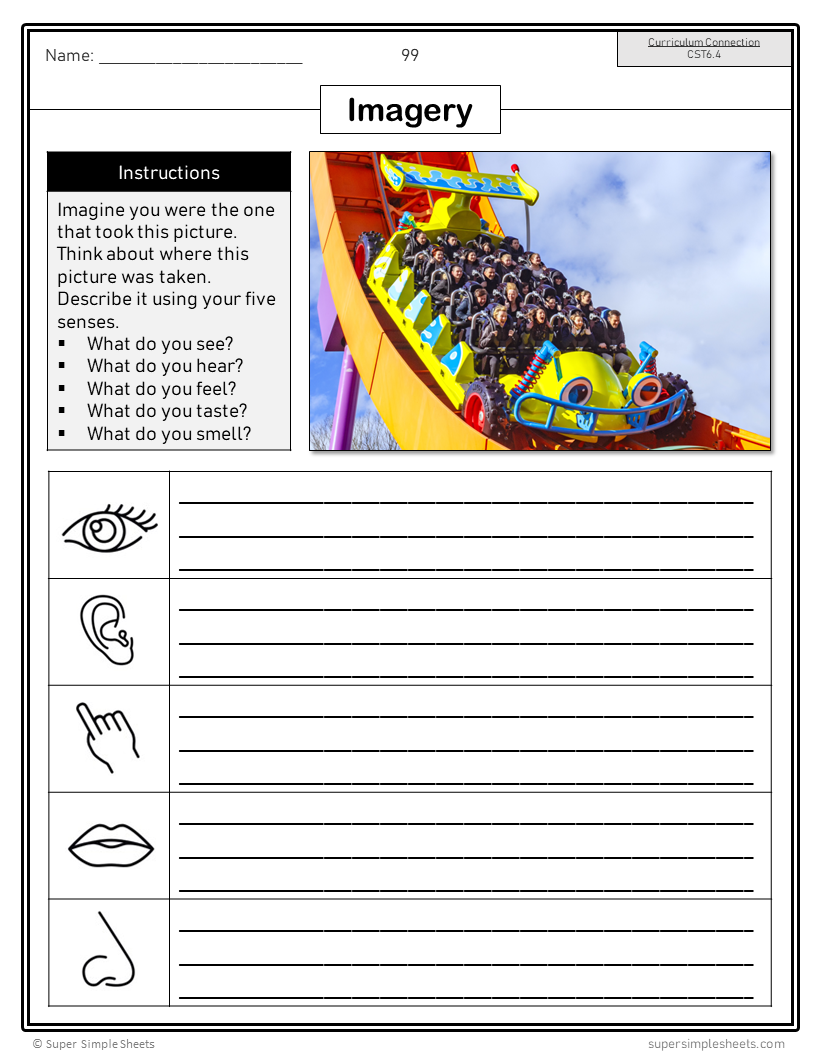
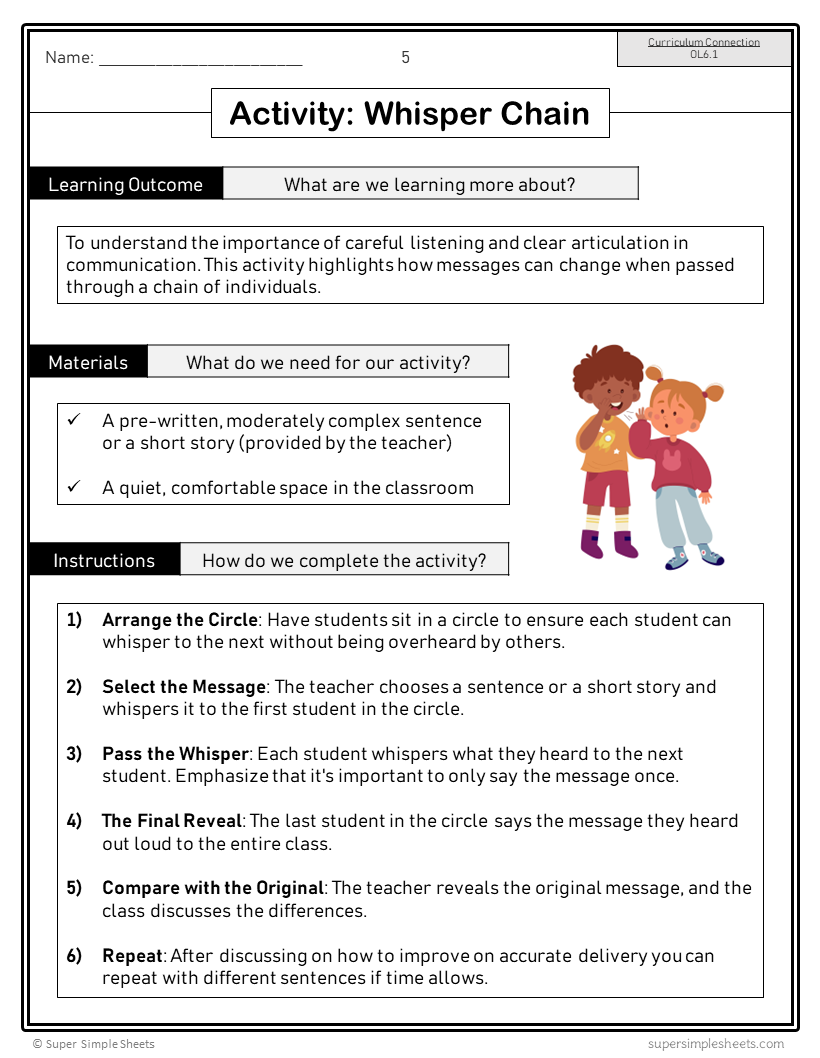
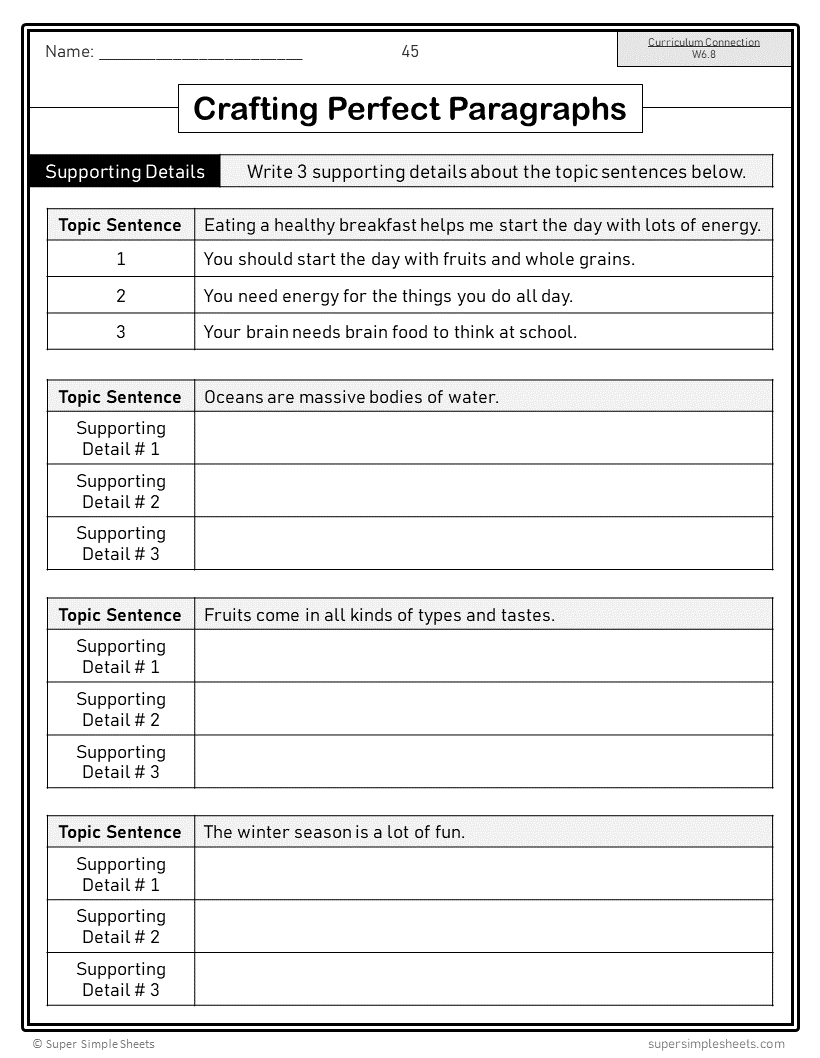
Nice to be able to grab a lesson and know it covers aspects of the curriculum.
This covered EVERYTHING! Thank you for saving me the time of planning!
